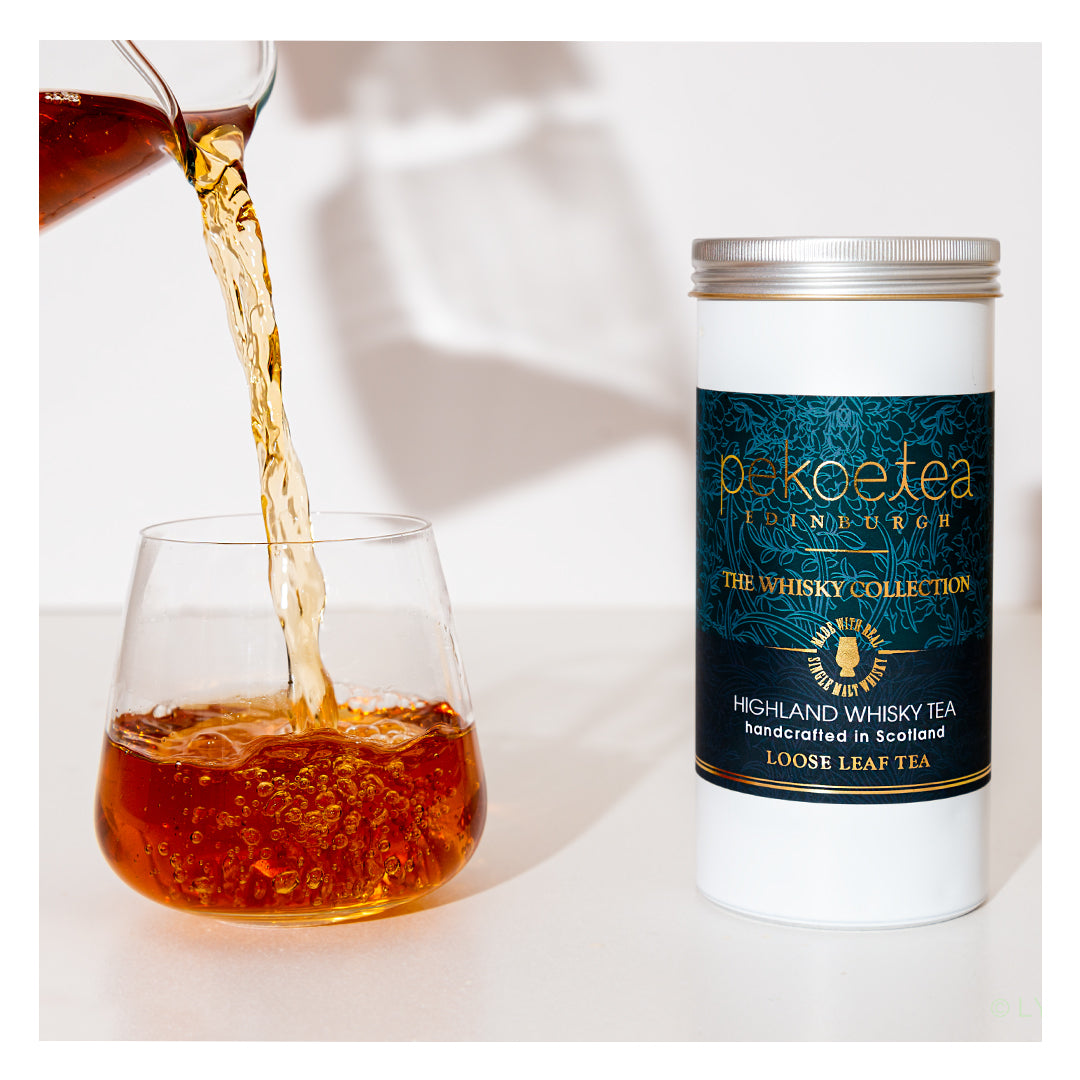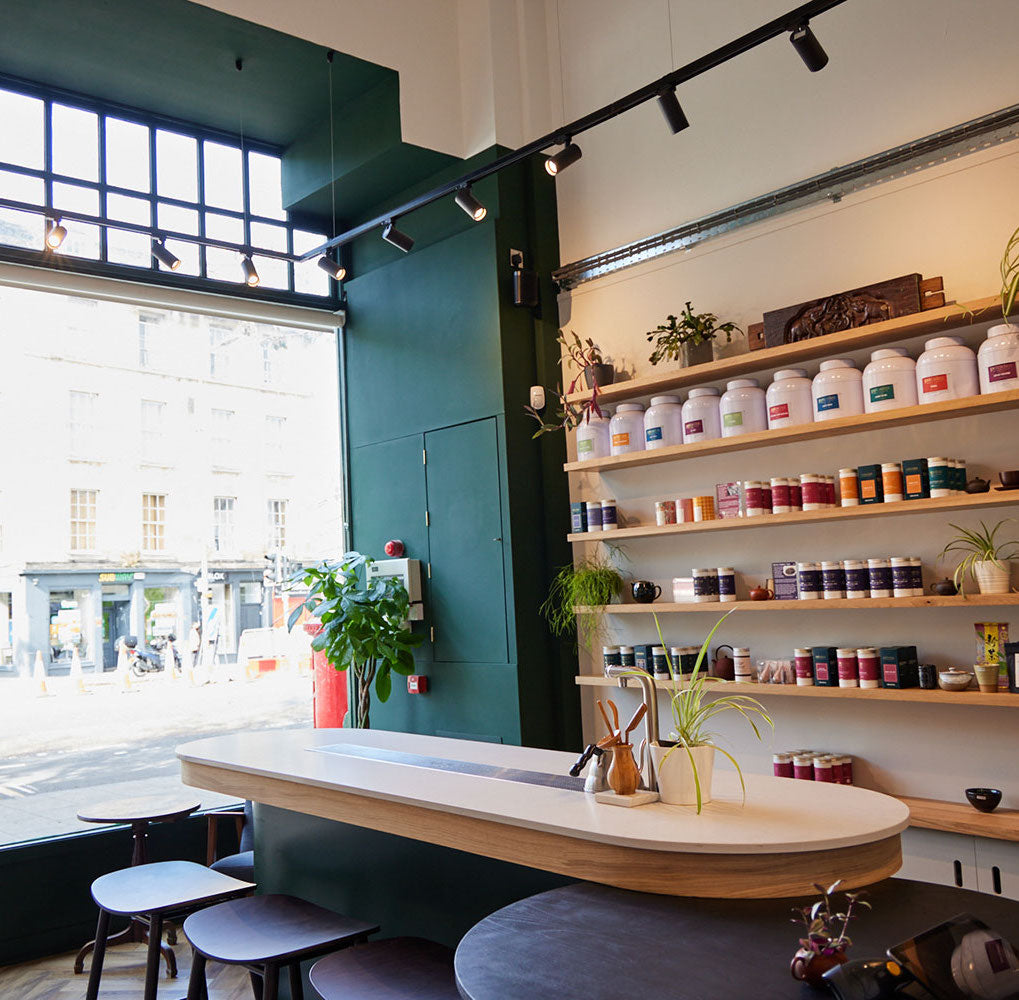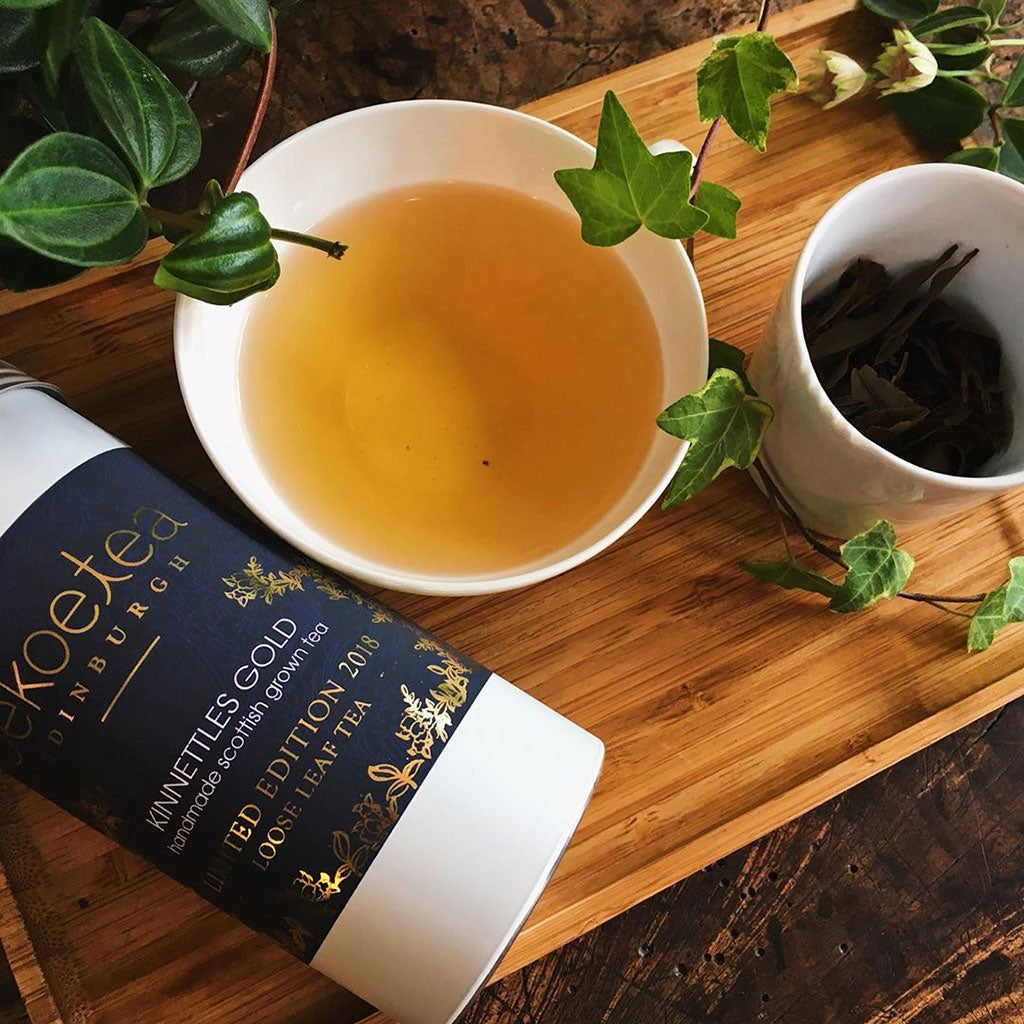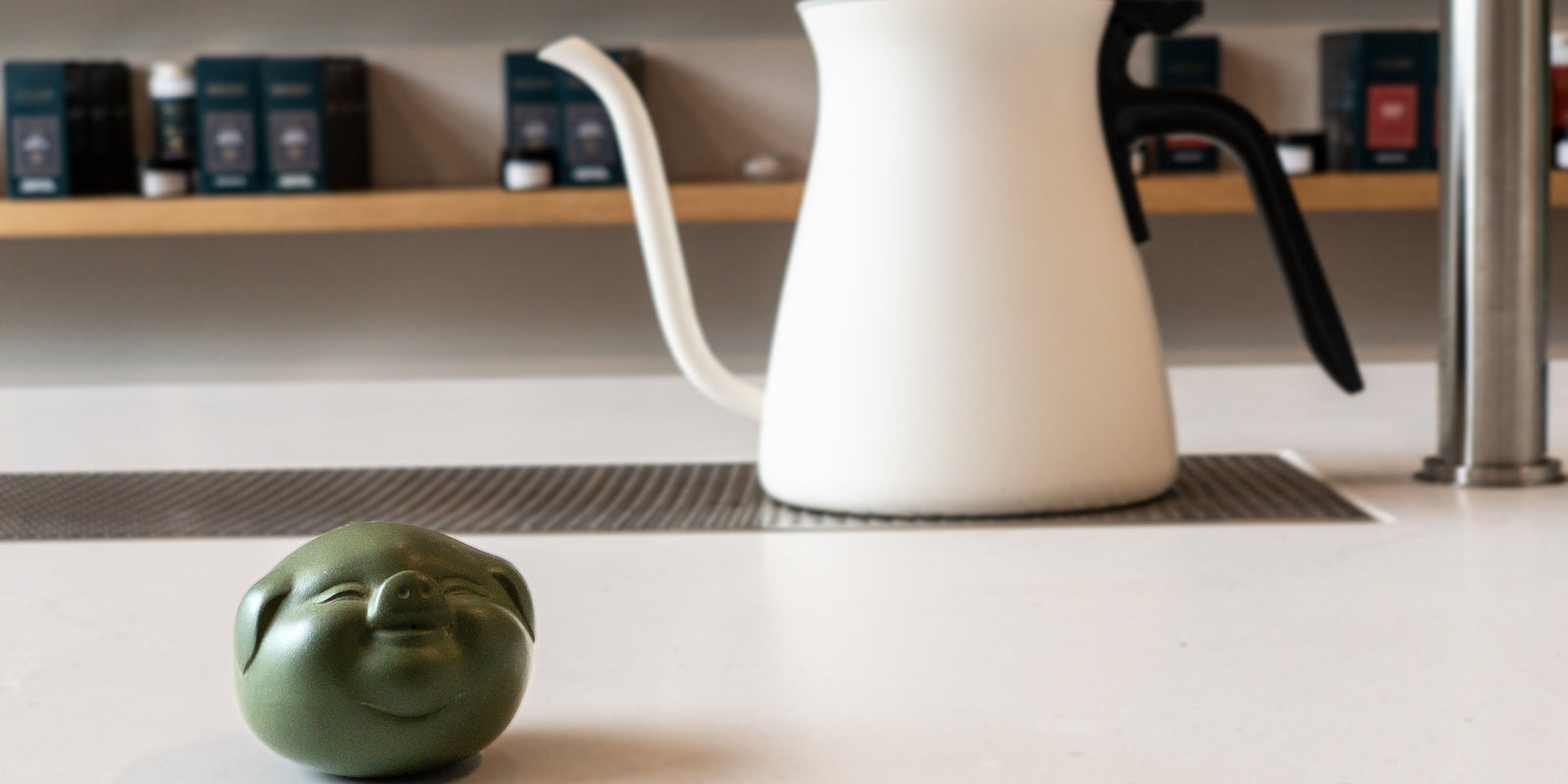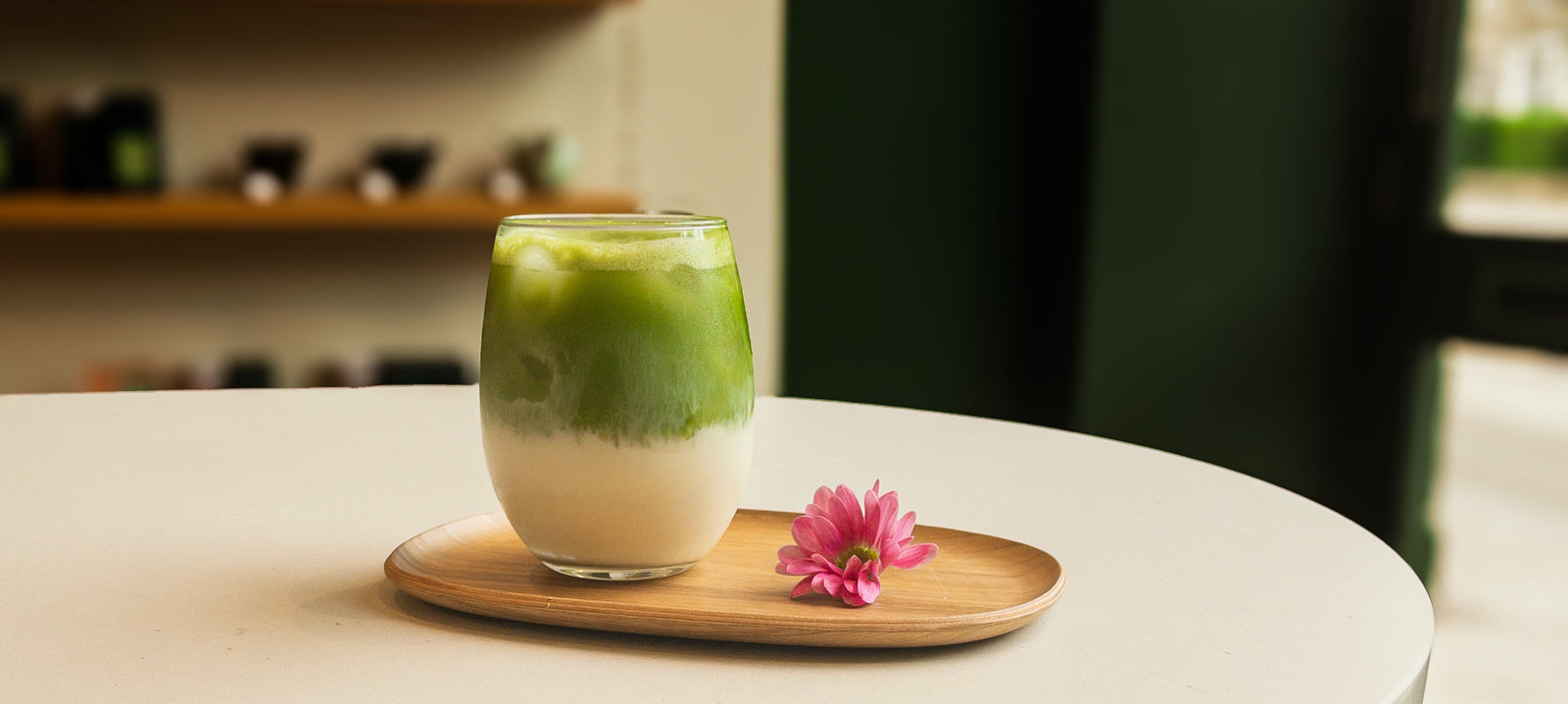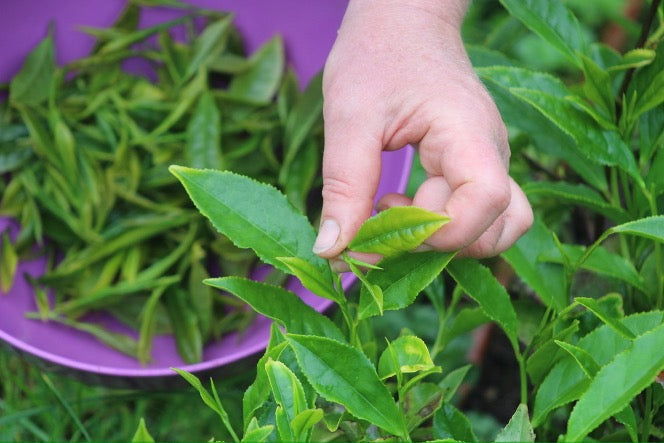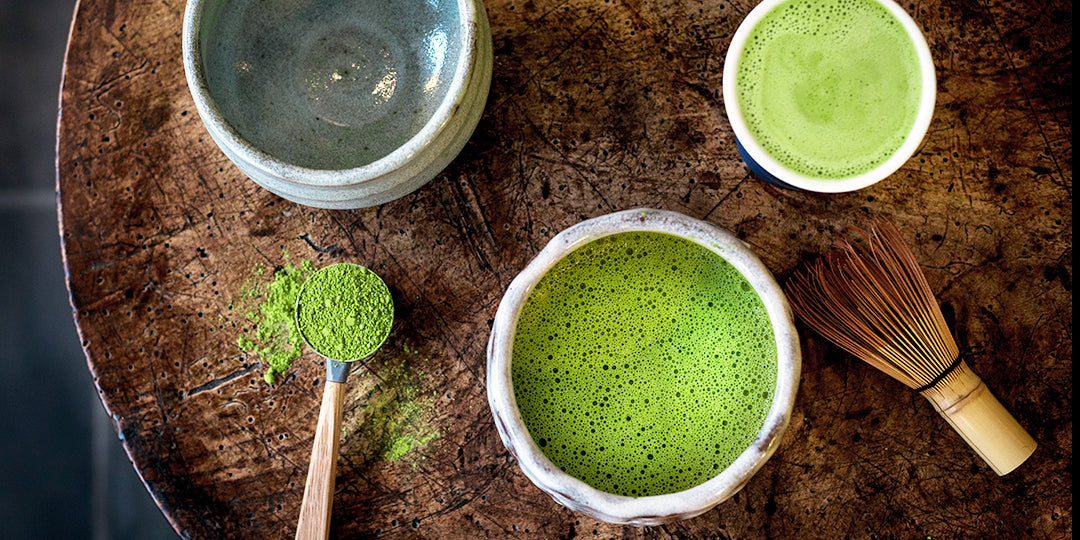A Guide to Pre-Rain and First-Flush Teas

On your tea drinking journey you’ll often come across terms like 'Pre-Rain' and 'First-Flush' while exploring different varieties of tea. These terms refer to the harvest time of the tea leaves, which greatly influences the tea's flavour and character.
In most places around the world where tea is grown, particularly in China, Japan, and India, the tea plant will go through a period of dormancy throughout the winter. During this time the plant is not producing new leaves or buds, but the roots are still taking in nutrition from the soil. This leads to a build up of flavourful compounds in the plant. In addition, when the plant begins to grow again in the early spring months, the temperature is still cool. Cooler temperatures lead to slower growth, and consequently, a higher concentration of those flavourful compounds in the young new leaves. All this means that early spring teas taste better. They are more fragrant and more nuanced. Further, in the early spring, bitter and astringent chemicals such as chlorophyll have not had the time to develop, leading to teas that are sweeter and less bitter.
Pre-Rain Tea
In China these early spring teas are called Pre-Rain teas, or 'Ming Qian' teas. They are harvested before the Qingming festival, also known as the Tomb Sweeping Festival. This festival usually occurs in the first week of April, marking the start of the rainy season. These early spring teas are highly prized due to their delicate flavours and light, refreshing qualities.
First-Flush Tea
On the other hand, 'First-Flush' refers to the first picking of a tea plant's harvest season. This term is extensively used in the Darjeeling tea industry in India. The first flush generally occurs in mid-March when the plant starts growing new leaves after it’s winter dormancy. When the plant begins to grow and produce buds and young leaves, the plant is said to be ‘flushing’. The first period of flushing will last for 5 to 6 weeks. Tea picked during the first period of flushing is a first-flush tea. Teas picked during the second period of flushing are called second-flush teas. In India this is followed by the monsoon flush and autumn flush. First flush teas are characterised by a light, bright flavour, and a gentle, floral aroma.
Recommendations
If you want to try a pre-rain Chinese green tea, I’d recommend our pre-rain Longjing. It’s sweet and nutty with very low bitterness. It leaves the smell of caramel biscuits in the bottom of the cup. Brew at 80 degrees.
Jethi Kupi is a delicate first-flush darjeeling that smells of flowers and dried fruits. It’s made from the earliest pickings at the Rohini estate. Our Rohini 1st Flush is also directly. Contrast with the more robust Plum Muscatel second-flush Darjeeling that has notes of pomegranate and fruity dark chocolate.
Both Pre-Rain and First-Flush teas are celebrated for their unique flavours, and they offer tea lovers a sip of the season in which they were harvested.

